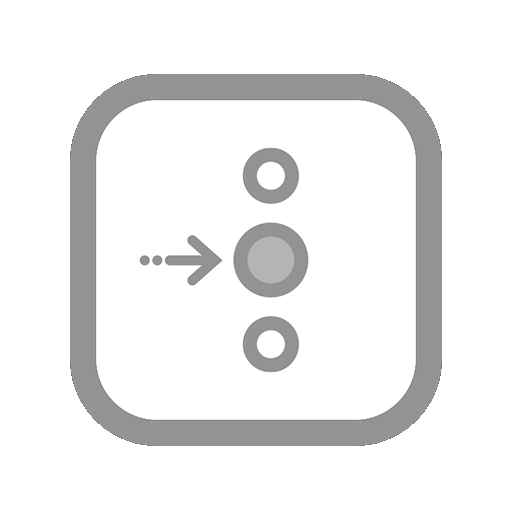Spinal cord injury (SCI)—an injury to the spinal cord, vertebral column, supporting soft tissue, or intervertebral disks caused by trauma—is a major health disorder. In the United States in 2014, approximately 276,000 persons were living with a disability from SCI. An estimated 17,000 new cases occur annually; common causes are motor vehicle crashes, falls, violence (predominantly gunshot wounds), and sports-related injuries. Males account for 80% of patients with SCI. The average age of injury has increased from 29 years of age in the 1970s to 42 years in 2010. The predominant risk factors for SCI include younger age, male gender, and alcohol and drug use. The frequency with which these risk factors are associated with SCI serves to emphasize the importance of primary prevention. The vertebrae most frequently involved in SCIs are the fifth, sixth, and seventh cervical vertebrae (C5-C7), the 12th thoracic vertebra (T12), and the first lumbar vertebra (L1). These vertebrae are the most susceptible because there is a greater range of mobility in the vertebral column in these areas. Damage to the spinal cord ranges from: (1) transient concussion (patient recovers fully), to (2) contusion, laceration, and compression of the cord substance (either alone or in combination), to (3) complete transection of the cord (paralysis below the level of injury). Injury can be categorized as primary (usually permanent) or secondary (nerve fibers swell and disintegrate as a result of ischemia, hypoxia, edema, and hemorrhagic lesions). Whereas a primary injury is permanent, a secondary injury may be reversible if treated within 4 to 6 hours of the initial injury. The type of injury refers to the extent of injury to the spinal cord itself.
Incomplete spinal cord lesions are classified according to the area of spinal cord damage: central, lateral, anterior, or peripheral. A complete SCI can result in paraplegia (paralysis of the lower body) or tetraplegia (formerly quadriplegia—paralysis of all four extremities).
Spinal shock, a serious complication of SCI, is a sudden depression of reflex activity in the spinal cord (areflexia) below the level of injury. The muscles innervated by the cord segment situated below the level of the lesion become completely paralyzed and flaccid, and the reflexes are absent. BP and heart rate fall as vital organs are affected. Parts of the body below the level of the cord lesion are paralyzed and left without sensation.
- Immediate patient management at the accident scene is crucial. Improper handling can cause further damage and loss of neurologic function.
- Consider that any victim of a motor vehicle crash, a diving or contact sports injury, a fall, or any direct trauma to the head and neck has an SCI until it is ruled out.
- Initial care includes rapid assessment, immobilization, extrication, stabilization or control of life-threatening injuries, and transportation to an appropriate medical facility.
- Maintain patient in an extended position (not sitting); no body part should be twisted or turned.
- The standard of care is referral to a regional spinal injury center or trauma center for treatment in first 24 hours.
Spinal and Neurogenic Shock
- Intestinal decompression is used to treat bowel distention and paralytic ileus caused by depression of reflexes. This loss of sympathetic innervation causes a variety of other clinical manifestations, including neurogenic shock signaled by decreased cardiac output, venous pooling in the extremities, and peripheral vasodilation.
- Patient who does not perspire on paralyzed portion of body requires close observation for early detection of an abrupt onset of fever.
- Special attention is paid to the respiratory system (may not be enough intrathoracic pressure to cough effectively). Special problems include decreased vital capacity, decreased oxygen levels, and pulmonary edema.
- Chest physiotherapy and suctioning are implemented to help clear pulmonary secretions. Patient is monitored for respiratory complications (respiratory failure, pneumonia).
![]() Quality and Safety Nursing Alert
Quality and Safety Nursing Alert
| The patient's vital organ functions and body defenses must be supported and maintained until spinal and neurogenic shock abates and the neurologic system has recovered from the traumatic insult; this can take up to 4 months. |
Deep Vein Thrombosis and Other Complications
- Patient is observed for deep vein thrombosis (DVT), a complication of immobility (e.g., pulmonary embolism [PE]). Symptoms include pleuritic chest pain, anxiety, shortness of breath, and abnormal blood gas values.
- Low-dose anticoagulation therapy is initiated to prevent DVT and PE, along with the use of antiembolism stockings or pneumatic compression devices. A permanent indwelling filter may be placed in the vena cava to prevent dislodged clots (emboli) from migrating to the lungs and causing PE.
- Patient is monitored for autonomic hyperreflexia (characterized by pounding headache, profuse sweating, nasal congestion, piloerection [gooseflesh], bradycardia, and hypertension).
- Constant surveillance is maintained for signs and symptoms of pressure ulcers and infection (urinary, respiratory, local infection at pin sites).
![]() Quality and Safety Nursing Alert
Quality and Safety Nursing Alert
| The calves or thighs should never be massaged because of the danger of dislodging an undetected thromboembolus. |
